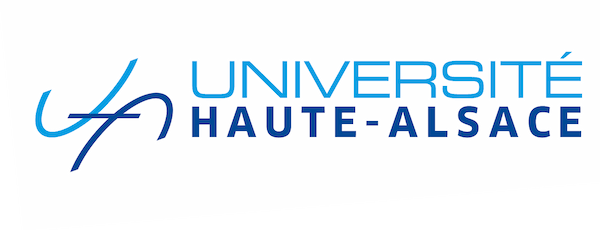Consultancy activities
Alimony and child support
Development of child support guidelines: formulation and revisions.
Expertise for the Ministry of Justice
2008-2019
Members involved: Cécile Bourreau-Dubois and Bruno Jeandidier
At the end of the first decade of the twenty-first century, the Ministry of Justice wished to provide family court judges with official rates for child support after parental separation, in order to promote the standardization of practices between judges, as well as to promote agreement between the parties by providing them with a benchmark on which to base their discussions. To this end, a mixed and restricted working group (representatives of the Ministry of Justice/magistrates/economists/lawyers) was set up, with the task of proposing a concrete instrument for calculating the amount of child support. BETA was asked to participate in this working group and to help guarantee the economic foundations of the system, whose logic is based on the evaluation of the expense of raising a child and on the distribution of this expense between the two parents, taking into account the time spent with each of them.
The model developed by this working group has served as the basis for the circulation of an indicative reference table for the purposes of determining alimony (circular CIV/06/10 of 12 April 2010). Since then, BETA has been regularly consulted to support the development of this tool (revision of the explanatory note accompanying the use of the schedule; revision of the reference guide to improve its comprehension by clients, its accuracy, and its appropriateness to evolving social security law).
To access the reference table and the simulation:
Alimony and Child Maintenance Schedules | Justice.fr
Forestry and the timber industry
What is the role of French forestry and the forestry-wood industry in climate change mitigation?
INRA-IGN expertise provided to the minister of Agriculture and Forestry.
2017
Contributing members: Sylvain Caurla and Antonello Lobianco
The purpose of the study was generate accounting data for the carbon stored by forests and wood products as well as the emissions avoided by the use of wood instead of alternative materials or energy sources for different prospective scenarios at the scale of the whole of France. Three forest management scenarios were considered: (1) an “extensification” scenario, (2) a “territorial dynamics” scenario, and (3) an “intensification with reforestation plan” scenario.
Based on the results of these three scenarios, the study confirms the central role of the French forestry and wood sector in climate change mitigation. In particular, the work carried out shows that in addition to the carbon storage in forest biomass, there are significant benefits to be expected from an acceleration in the use of wood as a source of energy and more importantly as a material. This second factor, which active forest management and a proactive planting policy could encourage, could also play a role which would be all the more crucial should climatic conditions deteriorate or forests be subject to major biotic or abiotic crises.
The French Forest Sector Model (FFSM), in development at LEF and then at BETA since 2008, was used for this study to simulate the behaviour of forest managers (more “passive” in the “extensification” scenario and more “active” in the “intensification” scenario) and to calculate the costs of the intensification of forest harvesting through policies of encouraging the consumption of wood products downstream of the sector. At this level, the FFSM shows that, without an increase in the industrial capacity of wood processing at the national level and without reducing the windfall effect from public subsidies linked to the subsidization of biomass-energy, the intensification scenario could prove to be extremely costly for France.
More information (reports and summaries):
https://www.inrae.fr/news/the role-of French forestry-wood industry-climate change mitigation
Digital Healthcare
What is the future for the shared imaging platform E-mage?
Expertise for the public interest group PULSY
2020
Members involved: Mehdi Ayouni and Vincent Teixeira
The aim of the E-mage project is to provide a secure digital platform for the Grand-Est region, which allows the archiving of medical images (X-rays, scans, MRIs, ultrasounds, etc.) by those who generate them (hospitals, radiology practices, etc.) and also makes them available to those who use them (the patients concerned as well as healthcare professionals, whether or not they are prescribers). Recognizing that digital platforms for sharing imagery were struggling to develop in the region, despite significant subsidies from the public authorities, the GIP PULSY, which is in charge of their deployment, commissioned BETA to conduct an economic analysis of the system in place and to develop recommendations for encouraging the use of shared imagery and for adapting its economic model.
Micro-economic analysis (using industrial economics and game theory tools) has shown that there is considerable scope for improving the efficiency of image sharing systems and for reducing their cost, by addressing the technical barriers and charging schemes






